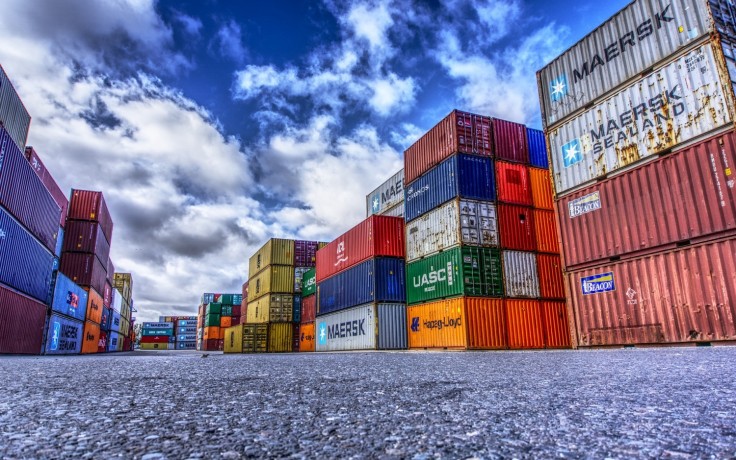
In the shipping industry, there are two main types of shipping methods - full containment load FCL and less than container load (LCL). Both these terms are commonly used by exporters and importers. In this article, we share an overview of what full container loads are used for.
What is a full container load (FCL)?
A full container load is a type of freight shipping where the shipper, sender, or consignor hires a full container for shipping their freight. However, this does not mean that all of the container needs to be filled completely. It means that one party owns all the items in that container. This is different from renting or hiring a portion of the container and sharing the space with other parties.
Best use case for FCL
There are several use cases for FCL. A typical 20-foot container has about 20 to 33 cubic meters of total space, but all of this may not get used depending on the size, shape, and weight of the freight. Organizations with bulk shipments of at least 15 cubic meters often use the FCL shipping method. This allows them to benefit from economies of scale by utilizing maximum space in the container.
FCL also helps minimize overall shipping costs as FCL often has a flat fee per container regardless of what is being shipped. The cost-effectiveness of FCL is better when the sender needs to ship a full or close to a full container.
Senders who need to ship sensitive or fragile goods that need a dedicated container also prefer to use the FCL method. With the FCL method, senders can ensure the items are securely packed to minimize the risk of damage. They also reduce the chance of contamination of sensitive cargo from other freight.
Another use case for FCL shipment is when you need a faster transit time. As there is no need to consolidate and then deconsolidate freight, FCL is typically faster than LCL shipments. If an organization requires quick delivery of items and has at least 15 cubic meters of freight, they prefer the FCL method.
Challenges of FCL
FLC is not ideal for shipments for small loads, such as freight that is less than 15 CBM. If a business has a small load, it will be more cost-effective to split the load via LCL shipment. There are also increased warehousing costs due to the larger shipment. The time and effort required to manage a full container can also be a significant drawback for businesses with limited resources. For example, businesses may have to delay shipping until they have enough volume in the container. This can significantly impact their cash flow, which can be a major issue for small businesses.
If you are uncertain about which shipping method is best for your needs, it is best to consult with a reputed freight shipping company. They can guide you on various aspects of freight shipping, including the pros and cons of FCL.
© 2025 University Herald, All rights reserved. Do not reproduce without permission.








